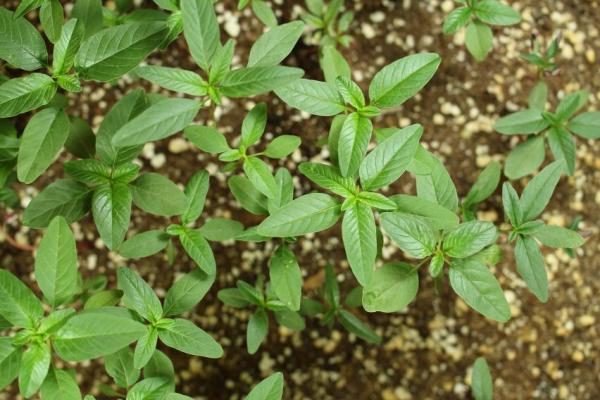By Alyssa Essman
Waterhemp and Palmer amaranth plants that have escaped POST applications or emerged after are now starting to develop mature seed.
These plants can produce upwards of one million seeds per plant in certain situations. When it comes to the management of these weeds, the best offense is a good defense.
Anything we can do from now through harvest to prevent seed from being deposited into the soil seed bank will pay dividends down the road.
At this point in the season there are limited options for control beyond scouting and hand pulling. Just a few plants left in the field can lead to a total infestation within a few years. Viability of waterhemp and Palmer amaranth seed is greatly reduced after 3-5 years. Some diligence over a couple of growing seasons can drastically reduce populations.
Aside from tremendous seed production, fast growth rates, and lengthy emergence windows, what makes us most nervous about these weeds is their propensity to develop herbicide resistance.
In other states, waterhemp has exhibited the ability to resist up to seven different herbicide sites of action, and Palmer amaranth can now resist up to nine. Resistance to more than one site of action within a single population is not uncommon. Metabolic herbicide resistance may increase the prevalence of populations with resistance to multiple herbicide groups. To date, Ohio seems to be a bit behind states to the south and west in terms of resistance issues, though experience would tell us it's only a matter of time. The status of herbicide resistance in Ohio waterhemp populations was covered in this article.
OSU weed science has a plethora of resources that can be helpful for scouting, including a pigweed ID guide, pigweed management fact sheet, and YouTube video that covers assessment for seed maturity. More helpful information on the management of pigweeds can be found on the OSU weed science website.
Below are some guidelines from Dr. Mark Loux for late-season scouting from the 2018 newsletter on this topic:
“We recommend the following as we progress from now through crop harvest:
- Take some time now into late summer to scout fields, even if it’s from the road or field edge with a pair of binoculars. This would be a good time to have a friend with a drone that provides real-time video, or your own personal satellite. Scouting from the road is applicable mostly to soybean fields, since corn will often hide weed infestations.
- Walk into the field to check out any weeds that could be Palmer amaranth, waterhemp, or are otherwise mysterious. If you need help with identification, send photos to us or pull plants and take them to someone who can identify them. Palmer and waterhemp are considerably different in appearance than giant ragweed and marestail, the most common late-season offenders.
- Where the presence of Palmer amaranth or waterhemp is confirmed, check to see whether plants have mature seed (in Palmer infestations these are the rough female seedheads), by shaking/crushing parts of the seedhead into your hand or other surface that will provide contrast. Mature seed will be small and very dark.
- Plants without mature seed should be cut off just below the soil surface, and ideally removed from the field and burned or composted. Plants with mature seed should be cut off and bagged (at least the seedheads) and removed from the field, or removed via any other method that prevents seed dispersal through the field.
- If the Palmer amaranth or waterhemp population is too dense to remove from the field, some decisions need to be made about whether or how to mow or harvest. Harvesting through patches or infested fields will result in further spread throughout the field and also contamination of the combine with weed seed that can then be dispersed in other fields. So consider: 1) not harvesting areas of the field infested with Palmer amaranth or waterhemp, and instead mowing several times to prevent seed production, and 2) harvesting the infested field(s) after all other fields have been harvested, and cleaning the combine thoroughly before further use. This also applies to any infestations that are discovered while harvesting.
- Scout field borders and adjacent roadsides, areas that flood or receive manure application, and also CREP/wildlife area seedings. The latter can become infested due to contaminated seed produced in states where Palmer amaranth and waterhemp are endemic and not considered noxious. Reminder - ODA will test any seed used for these purposes for the presence of Palmer amaranth.”
More information is available from Alyssa Essman via email or phone at 614-247-5810.






